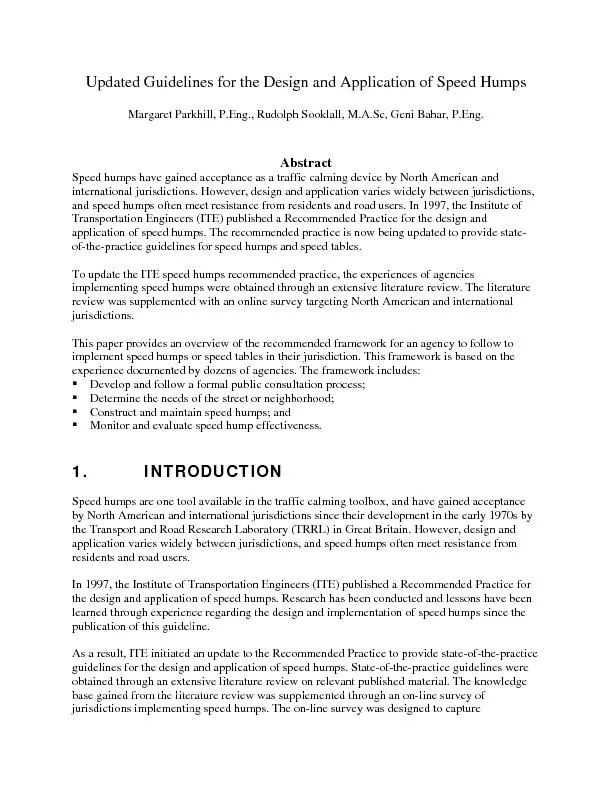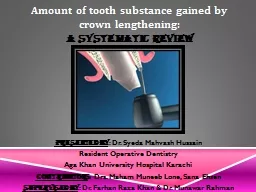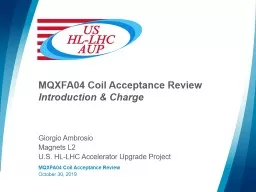PDF-Updated Guidelines for the DesignSpeed humps have gained acceptance as
Author : cheryl-pisano | Published Date : 2016-04-25
information to fill the knowledge gap from the literature review Jurisdictions in the United survey were received Guidance was also provided by an ITE Technical
Presentation Embed Code
Download Presentation
Download Presentation The PPT/PDF document "Updated Guidelines for the DesignSpeed h..." is the property of its rightful owner. Permission is granted to download and print the materials on this website for personal, non-commercial use only, and to display it on your personal computer provided you do not modify the materials and that you retain all copyright notices contained in the materials. By downloading content from our website, you accept the terms of this agreement.
Updated Guidelines for the DesignSpeed humps have gained acceptance as: Transcript
Download Rules Of Document
"Updated Guidelines for the DesignSpeed humps have gained acceptance as"The content belongs to its owner. You may download and print it for personal use, without modification, and keep all copyright notices. By downloading, you agree to these terms.
Related Documents














